Trivia question for Jun-08-2011
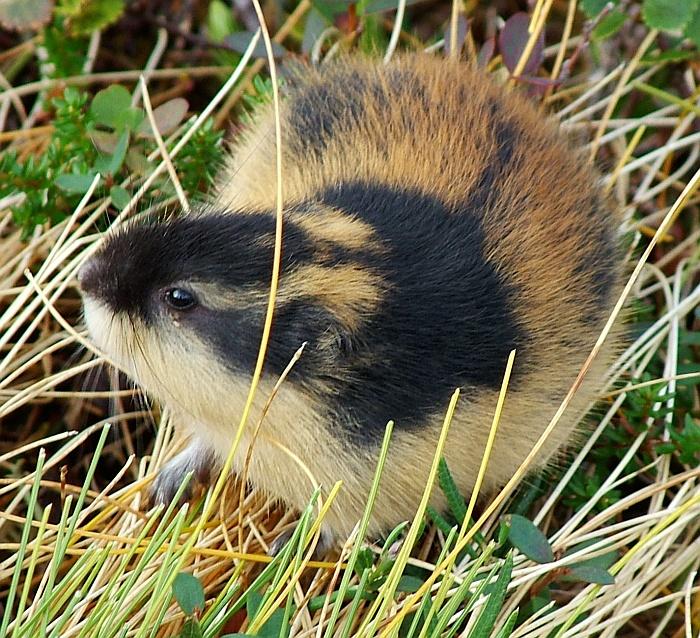
When the seasons are particularly good—short winters without unexpected thaws or freezes, and long summers—their population can increase explosively: they reach sexual maturity less than a month after birth
Trivia question for Jun-07-2011
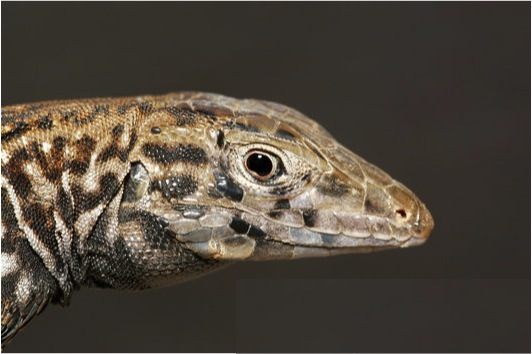
These lizards are all terrestrial and diurnal, and are primarily carnivorous or insectivorous, although some will include a small amount of plant matter in their diet. They all lay eggs, with some species laying very large clutches.
Trivia question for Jun-06-2011
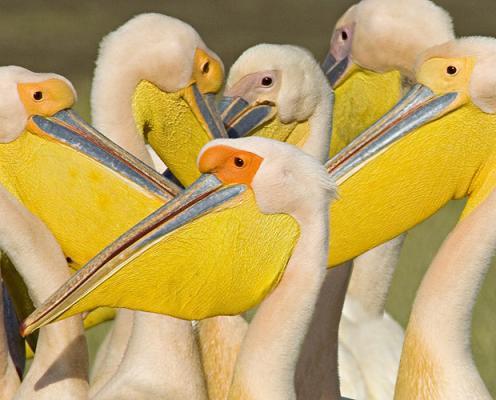
Today, because of overfishing in certain areas, these guys are forced to fly long distances to find food. They are exploited for many reasons. Their pouch is used to make tobacco bags, Their skin is turned into leather, the guano is used as fertilizer, and the fat of their young is converted into oils for traditional medicine in China and India.
Trivia question for Jun-05-2011
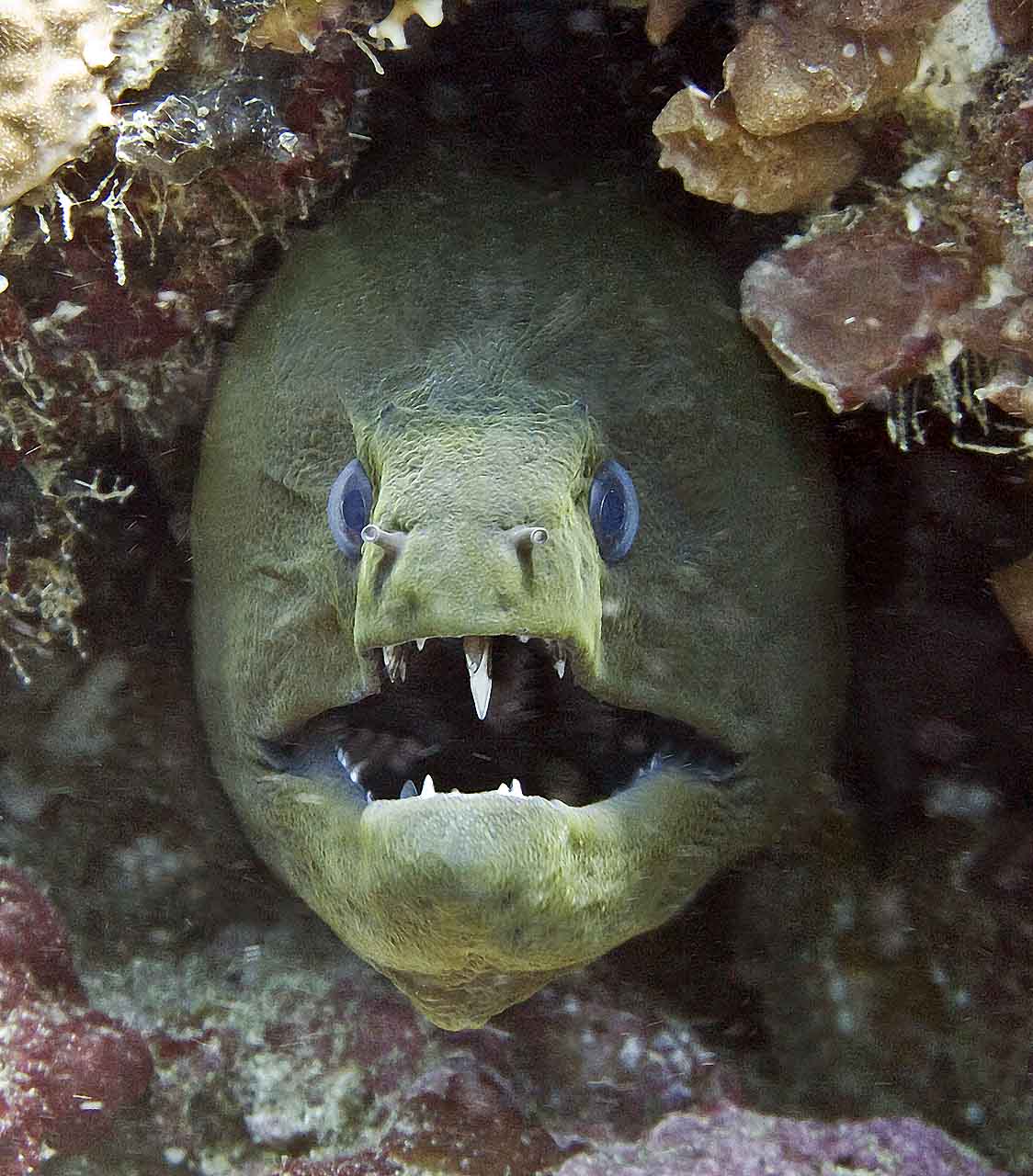
This particular type of eel is responcible for causing ciguatera fish poisining in humans; they account for more than 10% of deadly cases.
Trivia question for Jun-04-2011
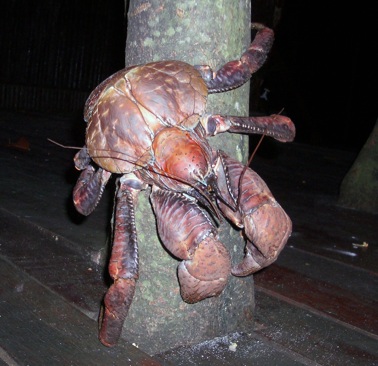
The species inhabits the coastal forest regions of many Indo-Pacific islands, although localized extinction has occurred where the species lives close to humans.
Trivia question for Jun-03-2011
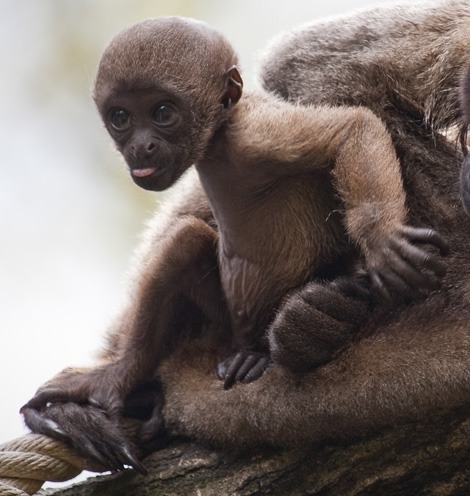
These monkeys are predated by a variety of species of eagle and cat-like species like the Jaguar. Its main predator however, is humans, who hunt the species both for nutrition and for the illegal pet trade. Habitat encroachment is also threatening the survival of the species and it is believed that all these factors are the cause of the species recent decline.
Trivia question for Jun-02-2011
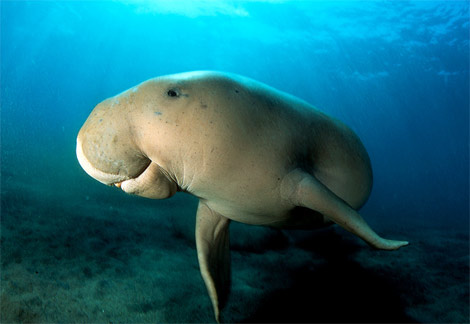
Entanglement in fishing nets has caused many deaths, although there are no precise statistics. Most issues with industrial fishing occur in deeper waters where dugong populations are low, with local fishing being the main risk in shallower waters. As these guys cannot stay underwater for a very long period, they are highly prone to deaths due to entanglement.
Trivia question for Jun-01-2011
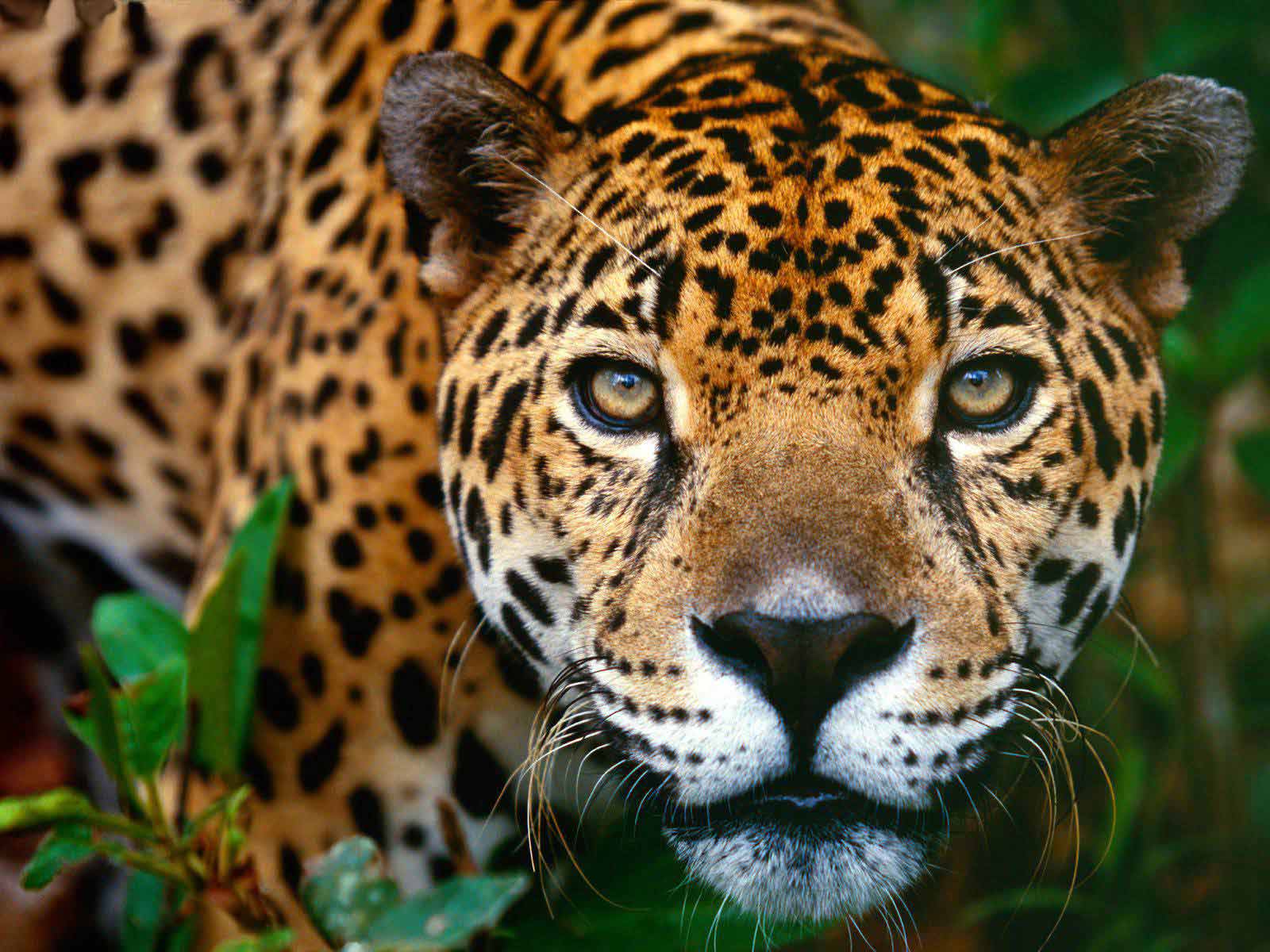
It is an opportunistic hunter and its diet encompasses 87 species. They prefer large prey and will take adult caiman (a form of small alligator), deer, capybara, tapirs, peccaries, dogs, foxes, and sometimes even anacondas.
Trivia question for May-31-2011
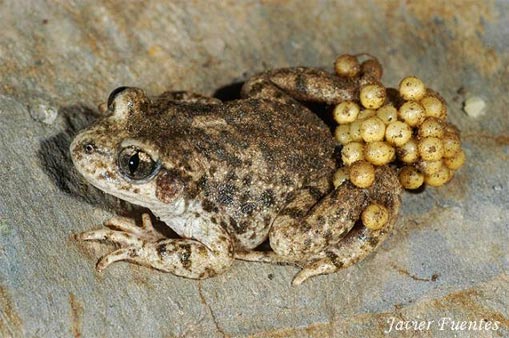
The back of these toads is covered with small warts. These warts give off a strong smelling poison when the toad is handled or attacked. The poison is so powerful that the toad has few enemies or predators.
Trivia question for May-30-2011
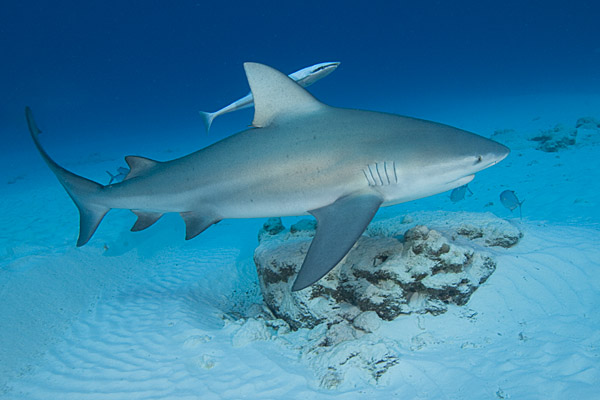
These sharks are typically solitary hunters, but occasionally hunt in pairs. They often cruise through shallow waters. They can suddenly accelerate and can be highly aggressive, even possibly attacking a racehorse in the Brisbane River in the Australian state of Queensland.
Trivia question for May-29-2011
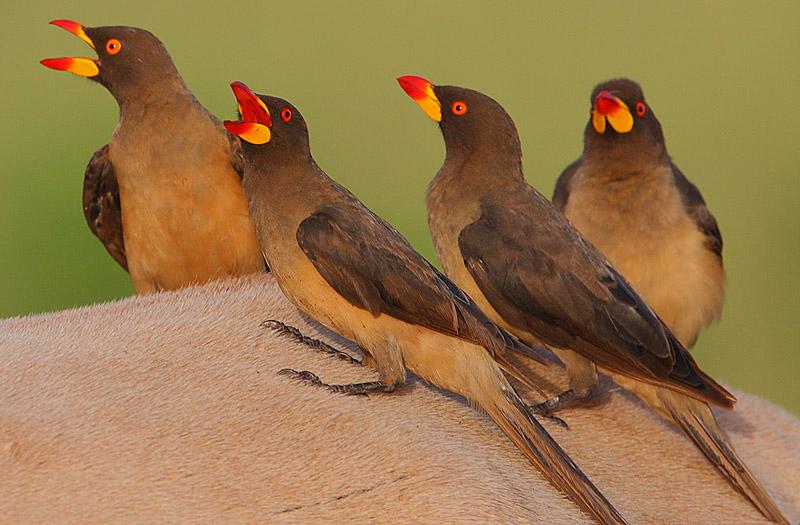
However, their favorite food is blood, and while they may take on ticks bloated with blood, they also feed on it directly, pecking at the mammal’s wounds to keep them open to more parasites. So, what good the bird does for the mammal is negated by it keeping the wounds open to parasites and disease.
Trivia question for May-28-2011

These guys are cannibalistic predators that feeds on smaller prey species such as fish, crabs and shrimp, mollusks, and other juvenile species of its kind. It uses its two longer tentacles with tentacular clubs on the end to snare and catch its prey.
Trivia question for May-27-2011
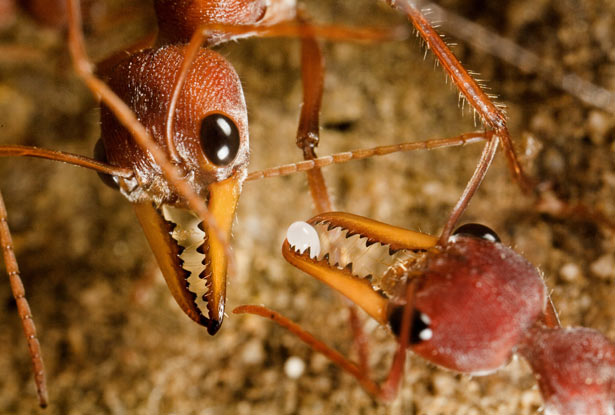
These ants are well-known in Australia for their aggressive behavior and powerful stings. The venom of these ants has the potential to induce anaphylactic shock in allergic sting victims.
Trivia question for May-26-2011
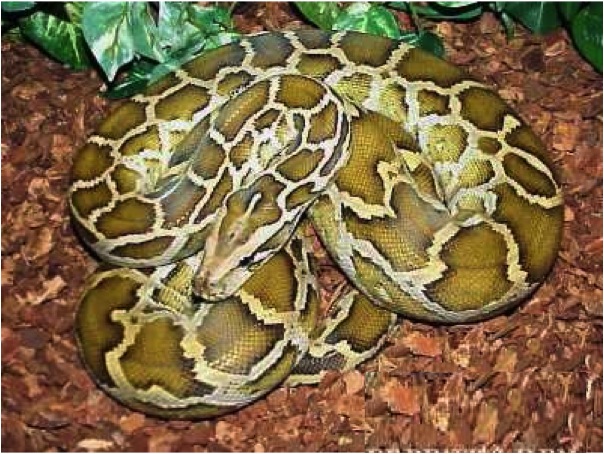
They are very good swimmers and are quite at home in water. They can be wholly submerged in water for many minutes if necessary, but usually prefer to remain near the bank.
Trivia question for May-25-2011
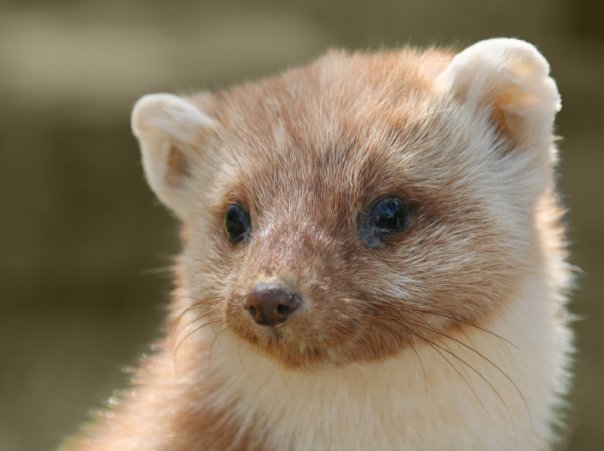
They are extremely agile both on the ground and in the upper branches of its forest home. They are native to Northern Europe belonging to the mustelid family, which also includes mink, otter, badger, wolverine and weasel.

